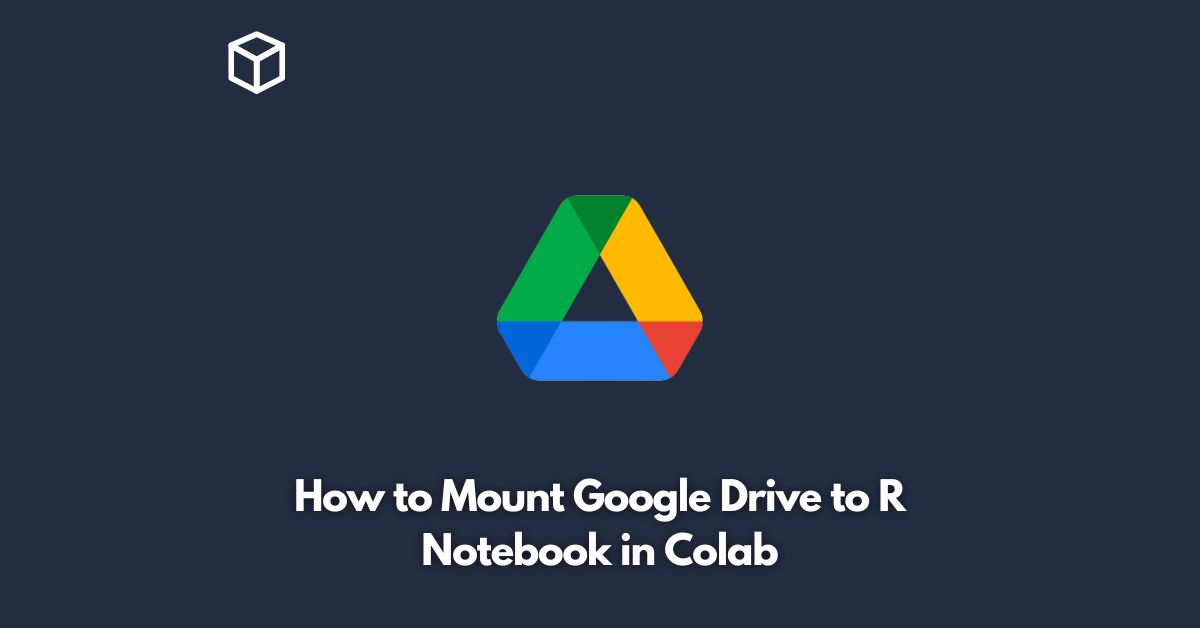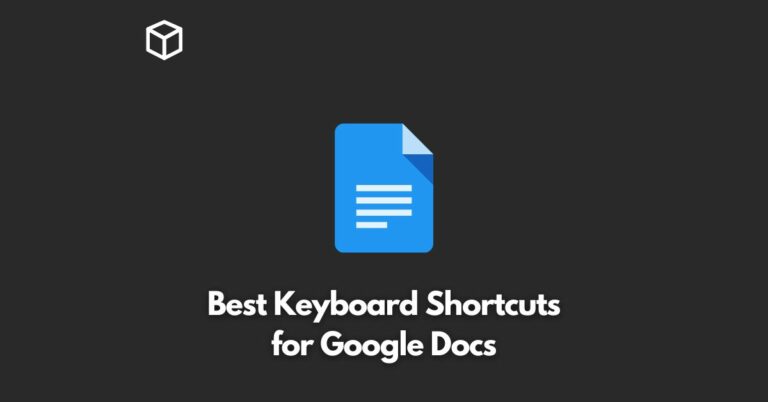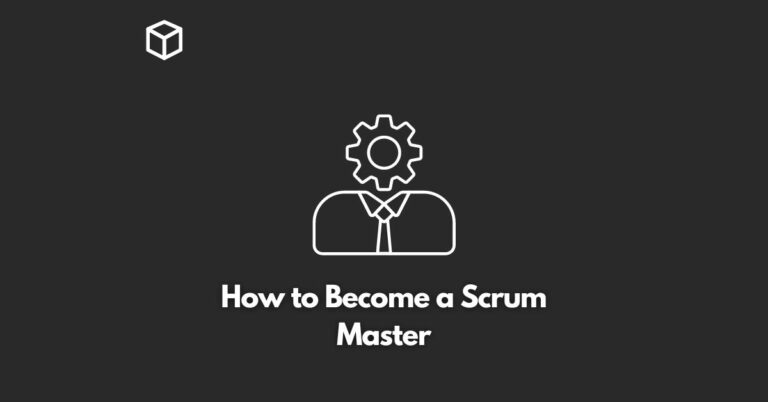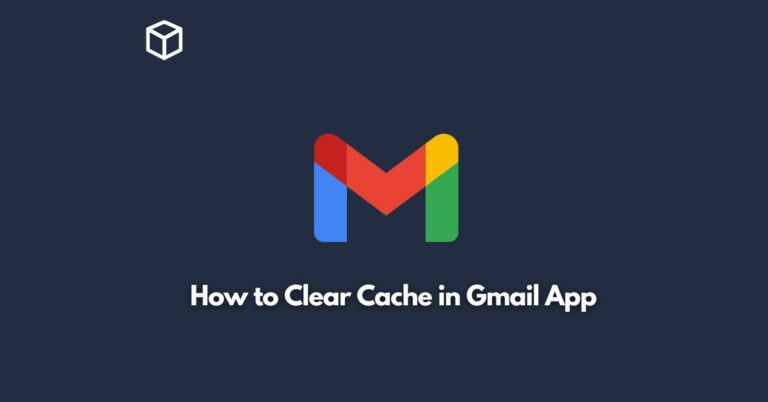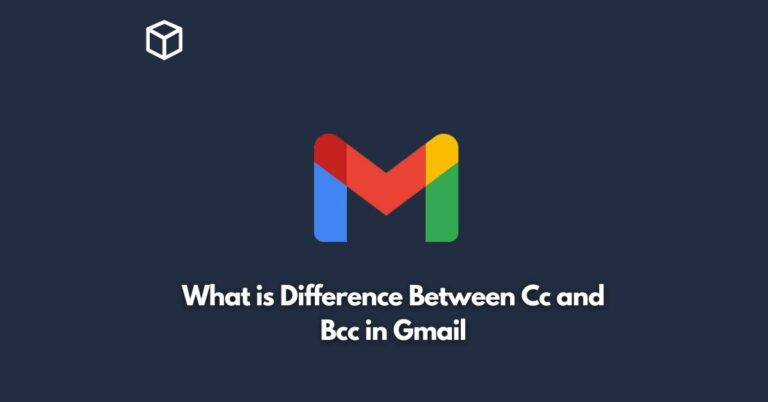Google Colab is a popular platform for machine learning and data science practitioners.
With its ease of use and powerful GPU support, it is widely used by researchers, students, and data scientists.
However, one of the challenges that come with using Colab is how to effectively store and access data.
In this tutorial, we will look at how to mount Google Drive to a R notebook in Colab so that you can access data stored in Google Drive from your R notebook running in Colab.
This will make it easier for you to store and access large datasets and collaborate with others.
Install the Required Packages
The first step is to install the required packages in Colab.
These packages include the ‘googleDrive’ and ‘googlesheets’ packages.
To install these packages, you can use the following code:
install.packages("googleDrive")
install.packages("googlesheets")Authorize Colab to Access Google Drive
Once you have installed the required packages, the next step is to authorize Colab to access your Google Drive.
You can do this by using the following code:
library(googleDrive) drive_auth()
Mount Google Drive
The final step is to mount your Google Drive. You can do this by using the following code:
drive_mount("/content/drive")After running this code, a link will be generated that you can click on to grant Colab access to your Google Drive.
Once you have granted access, your Google Drive will be mounted and you will be able to access it as if it was a local folder on your computer.
Conclusion
In this tutorial, we have seen how to mount Google Drive to a R notebook in Colab.
This makes it easier for you to store and access data from Google Drive and collaborate with others.
If you follow the steps outlined in this article, you should be able to mount your Google Drive in Colab without any issues.
In conclusion, mounting Google Drive in Colab can be a valuable addition to your data science workflow.
It enables you to easily store, access and collaborate on large datasets, saving you time and effort in the process.
Try it out today and see how it can help streamline your work.
